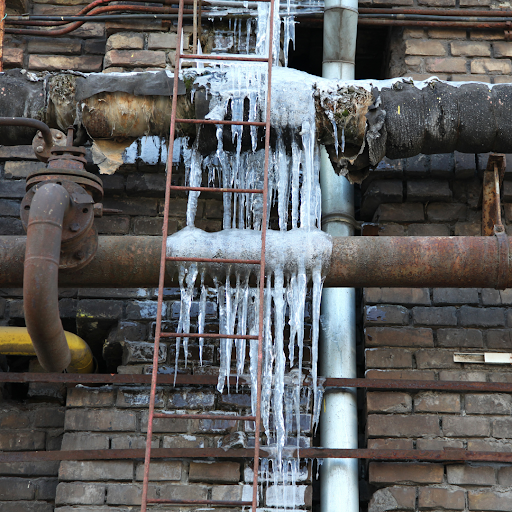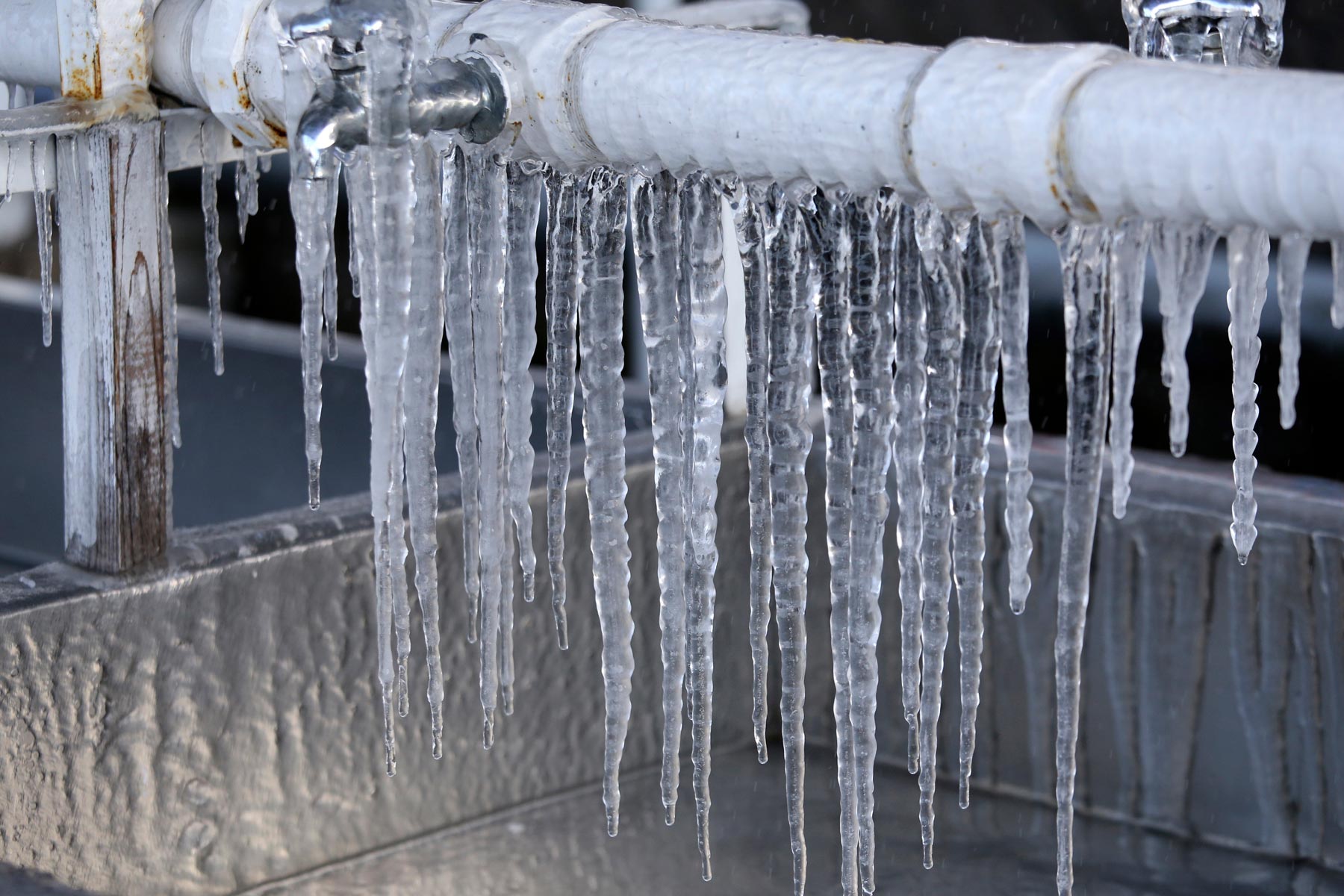We've stumbled on this article pertaining to Winter Plumbing Precautions: Preventing Frozen Pipes down the page on the internet and concluded it made perfect sense to discuss it with you here.

Cold weather can ruin your pipes, especially by freezing pipelines. Below's how to avoid it from happening and what to do if it does.
Intro
As temperature levels decrease, the danger of frozen pipelines rises, potentially causing costly fixings and water damages. Comprehending how to stop frozen pipes is critical for house owners in chilly climates.
Avoidance Tips
Shielding susceptible pipelines
Wrap pipes in insulation sleeves or make use of warm tape to protect them from freezing temperature levels. Concentrate on pipes in unheated or outside areas of the home.
Home heating methods
Keep interior areas sufficiently heated up, particularly areas with plumbing. Open cupboard doors to allow warm air to distribute around pipes under sinks.
Exactly how to identify frozen pipes
Look for lowered water circulation from faucets, unusual smells or noises from pipes, and noticeable frost on revealed pipes.
Long-Term Solutions
Architectural adjustments
Take into consideration rerouting pipes far from outside wall surfaces or unheated areas. Add extra insulation to attics, cellars, and crawl spaces.
Updating insulation
Purchase high-grade insulation for pipelines, attics, and walls. Correct insulation assists maintain consistent temperature levels and minimizes the risk of icy pipes.
Safeguarding Exterior Plumbing
Yard pipes and outdoor taps
Disconnect and drain pipes garden pipes before winter months. Set up frost-proof faucets or cover outside taps with protected caps.
Understanding Frozen Pipelines
What causes pipes to freeze?
Pipelines ice up when revealed to temperatures listed below 32 ° F (0 ° C) for extended periods. As water inside the pipes ices up, it broadens, taxing the pipe wall surfaces and potentially creating them to burst.
Dangers and problems
Icy pipes can cause water system disruptions, building damage, and pricey repair work. Ruptured pipes can flood homes and trigger extensive structural damages.
Indicators of Frozen Pipes
Determining frozen pipelines early can stop them from breaking.
What to Do If Your Pipelines Freeze
Immediate actions to take
If you suspect frozen pipelines, maintain faucets available to ease stress as the ice thaws. Utilize a hairdryer or towels taken in warm water to thaw pipes slowly.
Final thought
Avoiding frozen pipelines calls for proactive measures and quick reactions. By recognizing the reasons, indicators, and preventive measures, property owners can safeguard their plumbing throughout cold weather.
5 Ways to Prevent Frozen Pipes
Drain Outdoor Faucets and Disconnect Hoses
First, close the shut-off valve that controls the flow of water in the pipe to your outdoor faucet. Then, head outside to disconnect and drain your hose and open the outdoor faucet to allow the water to completely drain out of the line. Turn off the faucet when done. Finally, head back to the shut-off valve and drain the remaining water inside the pipe into a bucket or container. Additionally, if you have a home irrigation system, you should consider hiring an expert to clear the system of water each year.
Insulate Pipes
One of the best and most cost-effective methods for preventing frozen water pipes is to wrap your pipes with insulation. This is especially important for areas in your home that aren’t exposed to heat, such as an attic. We suggest using foam sleeves, which can typically be found at your local hardware store.
Keep Heat Running at 65
Your pipes are located inside your walls, and the temperature there is much colder than the rest of the house. To prevent your pipes from freezing, The Insurance Information Institute suggests that you keep your home heated to at least 65 degrees, even when traveling. You may want to invest in smart devices that can keep an eye on the temperature in your home while you’re away.
Leave Water Dripping
Moving water — even a small trickle — can prevent ice from forming inside your pipes. When freezing temps are imminent, start a drip of water from all faucets that serve exposed pipes. Leaving a few faucets running will also help relieve pressure inside the pipes and help prevent a rupture if the water inside freezes.
Open Cupboard Doors
Warm your kitchen and bathroom pipes by opening cupboards and vanities. You should also leave your interior doors ajar to help warm air circulate evenly throughout your home.

As a person who reads on Preventing and dealing with frozen pipes, I think sharing that topic was mandatory. Make sure you take the opportunity to share this blog posting if you liked it. I thank you for reading our article about Helpful Tips to Prevent Frozen Pipes this Winter.
At This Website